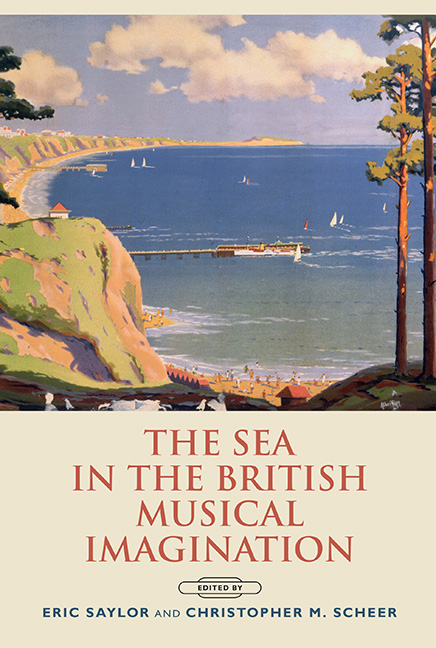4 - Crosscurrents in the Britten Legacy: Two Visions of Aldeburgh
Published online by Cambridge University Press: 12 June 2021
Summary
ONE PERSISTENT THEME within Britten scholarship asserts that a deeper understanding of the composer's music may be gained through careful study of how it relates to his environs – in particular, by the assessment of his adopted home, the Suffolk village of Aldeburgh. On the surface, this seems both utterly uncontroversial and easily justified. The founding of the Aldeburgh Festival in 1948 provided an institutional framework to connect the composer with a particular locale, a linkage that was gradually refined and codified – initially through the commentaries and notes provided in the annual Aldeburgh Festival programme booklets, and later in the two editions of the Aldeburgh Anthology. In both of these collections, the editors emphasize the importance of Suffolk generally (and Aldeburgh more specifically) in shaping and guiding the composer's artistic vision. Britten himself encouraged such associations when reflecting on his career and achievements (‘I treasure these roots, my Suffolk roots; roots are especially valuable nowadays when so much we love is disappearing or being threatened, when there is so little to cling to’), and countless writers have used the words of Britten's most famous anti-hero, Peter Grimes, to speak for him: ‘I am native, rooted here.’ Philip Brett has construed such comments as one aspect of a considered strategy that allowed Britten to claim a central place in English musical culture without giving up the (comparatively) radical core of his personal or creative identity. This led Brett to characterize Britten's artistry as ‘an attempt to disrupt the center that it occupied with the marginality that it expressed’.
Ironically, such a characterization overlooks the fact that Britten increasingly distanced himself from Aldeburgh as he aged. In 1957, he moved from his home in the centre of the village to the now iconic Red House (at the time, located on the modern edge of the village); when that proved untenable for work, he resorted to renting a house in Horham some forty-five miles north-west of Aldeburgh. The significance of these retreats from the village proper was generally overlooked or downplayed during the Britten Centenary Celebrations of 2013.
- Type
- Chapter
- Information
- The Sea in the British Musical Imagination , pp. 67 - 80Publisher: Boydell & BrewerPrint publication year: 2015



